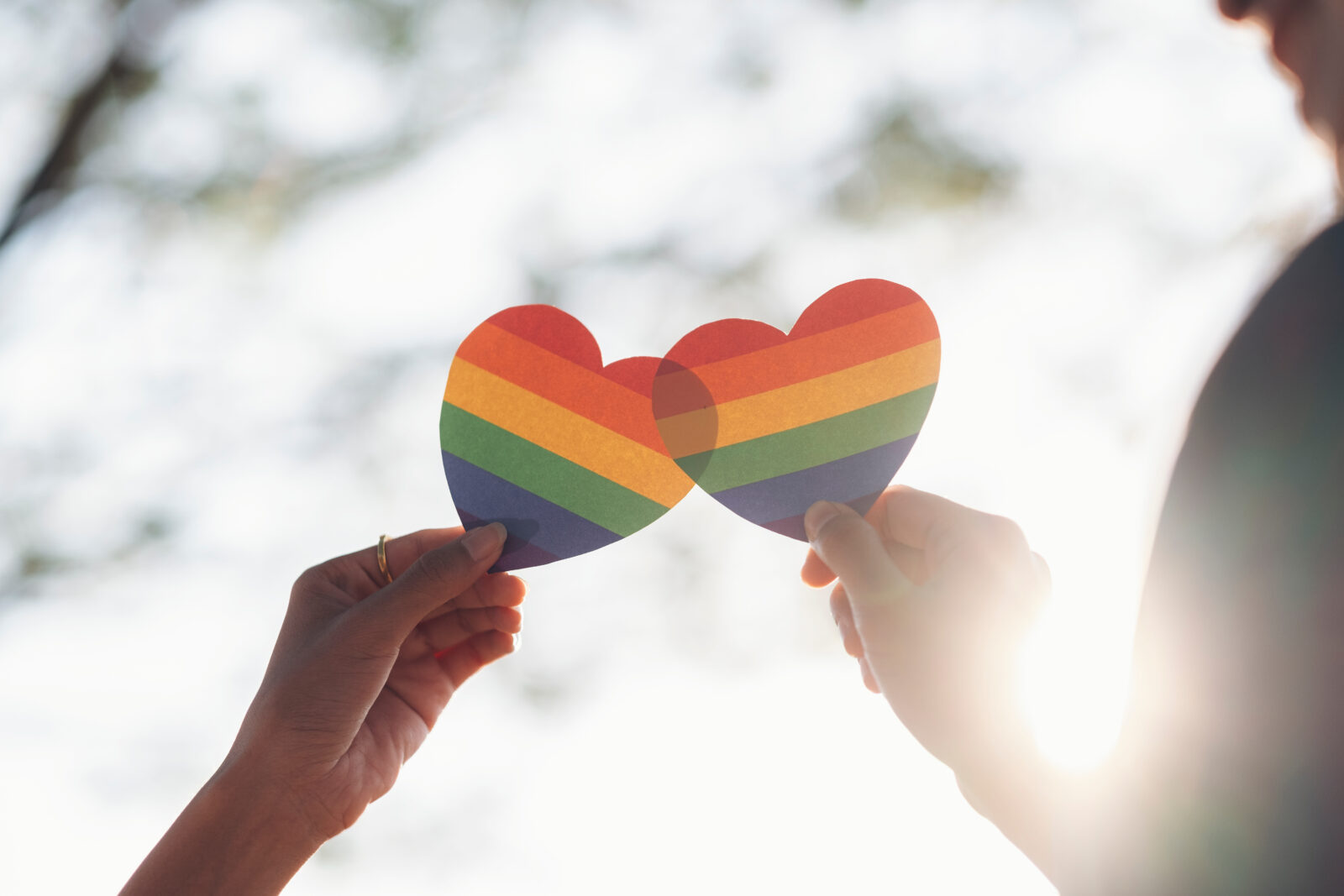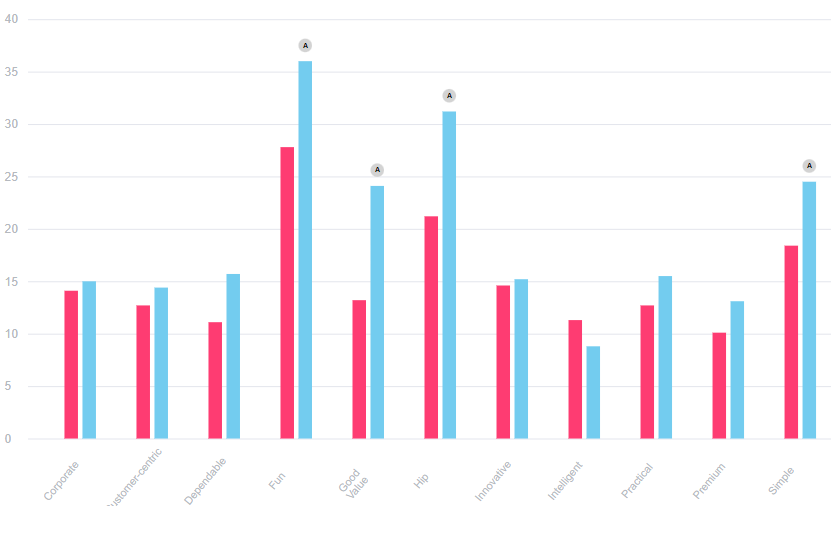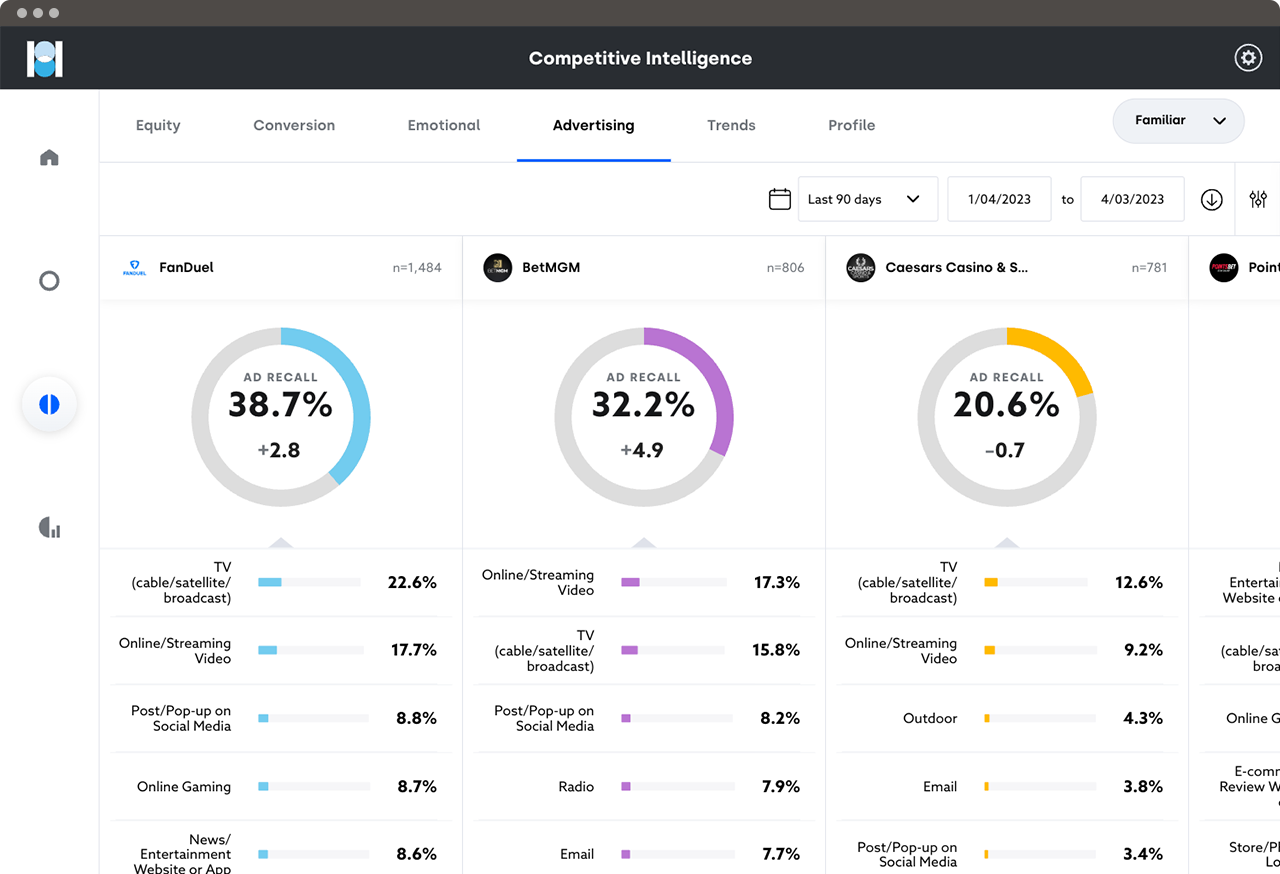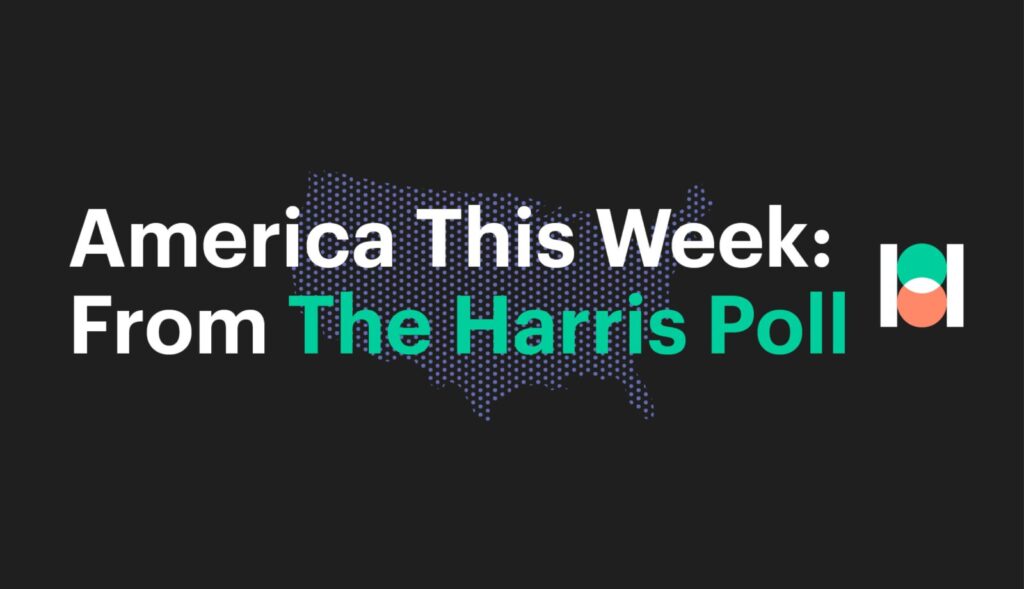Brief • 2 min Read

Online dating started in 1995 with the launch of Match.com. Since then, dating apps have gained popularity as casual daters and serious romantics alike have embraced swiping. The largest dating app, Tinder, currently boasts more than 75 million active monthly users.
While dating apps attract users from all walks of life, the LGBTQ community has found these apps to be uniquely beneficial. Approximately 7.2% of Americans identify as LGBTQ. Apps like Tinder make it easier for LGBTQ individuals to date and build community. A 2020 survey found that LGBTQ adults are almost twice as likely to have used online dating apps than heterosexual adults.
At its launch, Tinder users could only identify as “male” or “female,” and could say if they were interested in “men,” “women,” or “both.” These limited options made it difficult for many LGBTQ users to accurately express their personal identity and their romantic interests. As of 2019, Tinder expanded to more than 50 gender options and nine possible sexualities.
Using QuestBrand data, we compared Tinder’s sales conversion funnel between the general population of US adults to adults who self-identify as LGBTQ. A sales conversion funnel illustrates a consumer’s journey from initial awareness of a brand to eventual use of that product or service.
Tinder Sales Conversion Funnel – US Adults vs LGBTQ Adults

QuestBrand. 1/1/23-6/12/23. Base: US adults (red), n=2,305. Base: Adults who self-identify as LGBTQ (blue), n=297.
From the chart above, we see that Tinder’s sales funnel among LGBTQ adults (blue) is wider across each phase of the conversion process than Tinder’s funnel among overall US adults (red). LGBTQ individuals especially outpace the general population in familiarity (+15.2) with Tinder and trial (+6.9) of the app. However, the two funnels’ numbers level out when we proceed to regular usage (+1.8) of and recommendation (+0.7) of Tinder.
Using QuestBrand, we also examined the emotional attributes that consumers attribute to the Tinder brand. Interestingly, LGBTQ adults who are familiar with Tinder are significantly more likely to say that Tinder is “fun” (+8.2), “good value” (+10.9), “hip” (+10.0), and “simple” (+6.1), reflecting some of the value that LGBTQ individuals see in using the app.
Tinder Emotional Attributes – US Adults (red) vs LGBTQ Adults (blue)

QuestBrand. 1/1/23-6/12/23. Base: US adults familiar with Tinder (red), n=1,094. Base: Adults who self-identify as LGBTQ who are familiar with Tinder (blue), n=186.
While many LGBTQ individuals have enjoyed and benefited from using dating apps, their experiences with online dating are not wholly positive. Sadly, LGBTQ persons are more likely to report experiencing harassment on the apps than heterosexual users. Many transgender Tinder users have also reported being banned from the app, and for having their profiles reported as “fake” by other users.
There is still a long way to go before dating apps are a safe and respectful space for all users, but Tinder has been working hard to stand with the LGBTQ community. They partnered with the Human Rights Campaign to fight against so called “blood bans” that had prevented LGBTQ men from donating blood. As of May 2023, new FDA guidance has eliminated the restrictions that prevented many gay and bisexual men from donating blood. Tinder has also added a feature that warns users when they are in a country with anti-LGBTQ policies.
With the Obergefell v. Hodges decision in June 2015, the Supreme Court secured Americans’ right to same-sex marriage. Almost ten years later, LGBTQ persons still feel like they are fighting for equality. We hope that the LGBTQ community will soon find this in every aspect of life, including finding equal levels of respect on dating apps.
Subscribe for more Insights
Subscribe to our newsletter for the latest trends in business, politics, culture, and more.

Related Content









